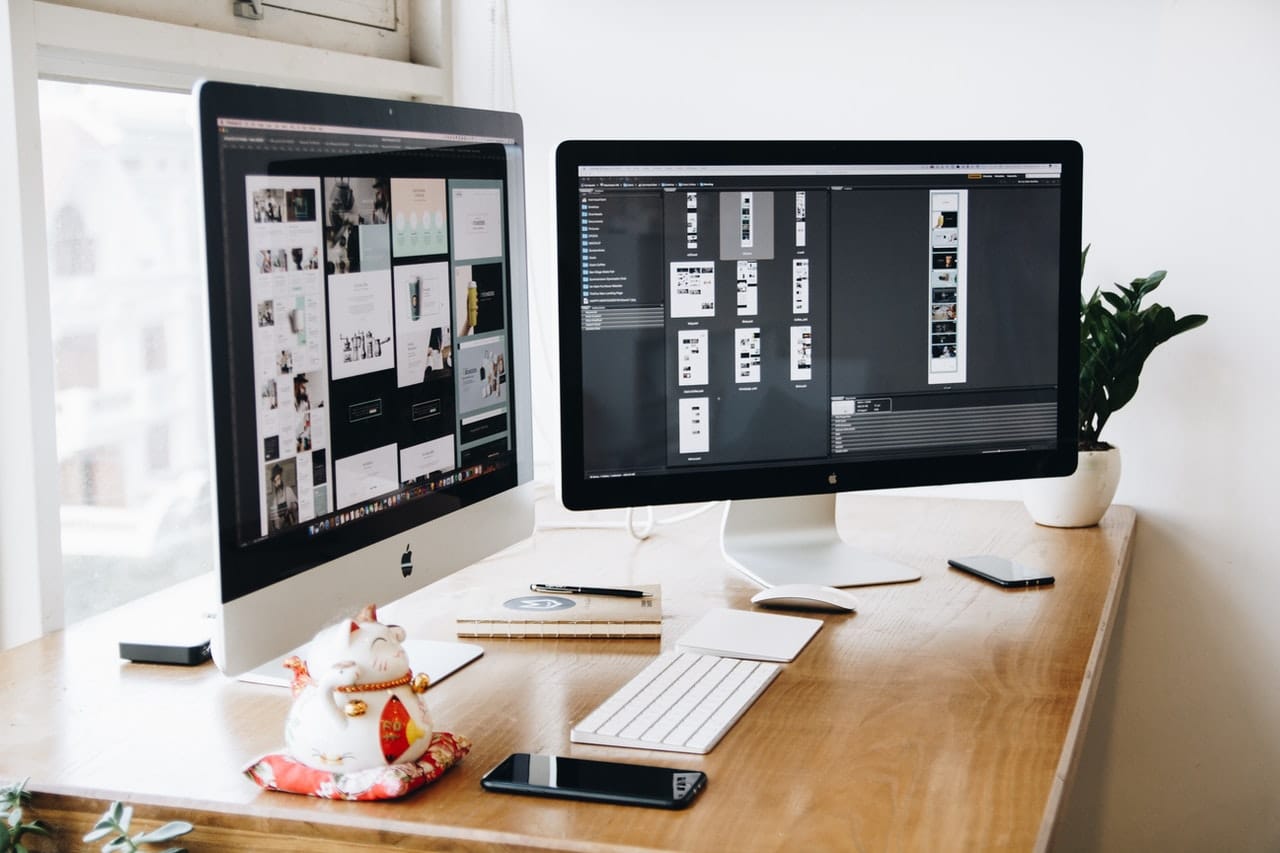
06 Dec, 2022
By differentiating between product design and UX design, businesses may improve product development. In the modern environment, a designer is more multidisciplinary than ever. They must do market, target audience, and corporate objectives research.
More specific expertise is needed for UX design than for product design. You should be aware of various myths, distinctions, and areas where UX and product design overlap before choosing if you need one or the other. Both product designers and UX designers have a deep-seated understanding of the design thinking process.
So what distinguishes a product design from a user experience design? Do they have any similarities? Are UX designers able to go into product design? Let's investigate every aspect of this blog post!
UX design helps create products that offer an outstanding user experience. The complete purchasing process, including the brand, function, and usability, is included in product design.
UX designers examine the product's performance and usefulness. A user-acceptable design is also essential to producing a successful product.
When a product is designed, it is made from scratch. You must do market research and pinpoint issues.
Create the product, put ideas into practice, and do other relevant duties. Products that are simple to use tackle difficulties in the real world. The design of products must take a number of elements into account in order to ensure its marketing and success.
Let's discuss the parallels between product designers and UX designers. Designers make user-friendly, enjoyable goods that satisfy the needs of the end user. The following examples show how these two design responsibilities are interchangeable:
UI designers and product designers share a lot of commonalities. What are the variations? Below, we'll examine them.
Similar duties are performed by designers and UX designers. They do so, but, for different reasons. The product designer focuses on how the product meets the needs of the consumer. A business analyst takes into account the demands of stakeholders as well as the state of the industry and economy. They must make sure that their goods are both useful and appealing to their intended customers.
The product must be launched successfully and sustain its usefulness over time. From conception to completion, product designers work on a product. To make it seem better, updates are made often. Therefore, product designers concentrate on the long-term requirements of the company. So, even if the company expands, the items may continue to be useful.
UX designers operate in a unique way. The business of a product, the design process, or total expenses are unimportant to a UX designer. UX designers exclusively pay attention to usability from the consumers' point of view. Developing products that meet user demands is the goal of UX designers. UX designers, therefore, devote extra time to a product before it is released. They frequently move on to the following project in their process. The key distinctions between UX design and product design are listed below.
Based on the requirements of the company, a product designer develops a solid, scalable product. The demands and interests of the user are taken into consideration by product designers, who do not neglect these factors. Designers thus consider the purpose and business's long-term viability. However, they understand that producing a good product and user experience is essential to the project's success.
The UX designer, meanwhile, fervently defends the user. Their major objective is to produce a product that consumers would adore and that will address the issue they are currently working on. They are able to create items that people would adore since they have a great business sense and in-depth topic understanding.
UX designers' first priority is the user experience (UX). As a result, this idea serves as the foundation of their complete procedure. The group will create user journeys, scenarios, and personas for the users. Making sure that each stage of the client experience is simple, straightforward, and value-creating.
They then want to gather customer input and prototype the product's user interface. The user experience (UX) designer will watch and record user behavior at each stage of the user journey. A/B testing, email surveys, and a number of other techniques are examples of evaluation methodologies.
Product designers are far more concerned with the whole product's appearance and feel due to the need to control the product experience. Processes include organizing and disseminating knowledge about how the individual parts fit together to establish market distinctiveness. Plan how to put a workable idea into practice while searching for fresh market prospects.
To succeed, product designers require business savvy. Designers are accountable for user interface design (UI), research, and visual design as part of the product development process.
Much more specific skill sets are possessed by UI designers. A user should be able to comprehend workflow diagrams, sitemaps, and process flows. A product designer might not always be able to do that.
To achieve commercial goals, product design places a strong emphasis on product optimization. Users are presented with these business objectives in a relevant way thanks to UX design. Your business can create and manage its digital goods more successfully if you have a deeper knowledge of how UX design and product design differ from one another.
User experience and product design go beyond user happiness. Future quality user experiences will depend on maintaining a strong market presence. Reduced development costs, increased client loyalty, improved conversion rates, and increased return on investment are all benefits of smart design (ROI). To accomplish and test, you need professionals in design. The advantages of UX design go beyond only improving business choices and user experiences.
Product design makes the product better so that it is in line with the objectives of the business. Over the user journeys, UX design conveys the business objectives. You might be able to improve the way you manage and enhance your business by understanding the similarities and differences.
UX and product design go beyond a straightforward user experience. You will be able to provide a secure user experience if you have a significant market presence. A well-designed website improves conversion pathways, decreases development costs, boosts ROI, and builds customer loyalty. You will need designers who can explore, research, and form hypotheses in order to do this. You can also create fantastic user experiences and improve business choices thanks to it.
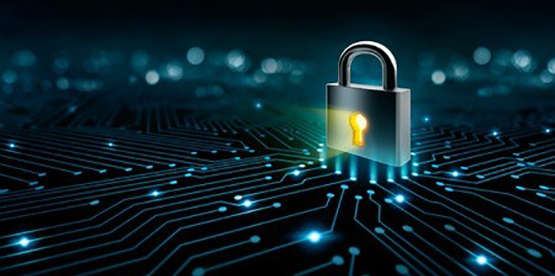
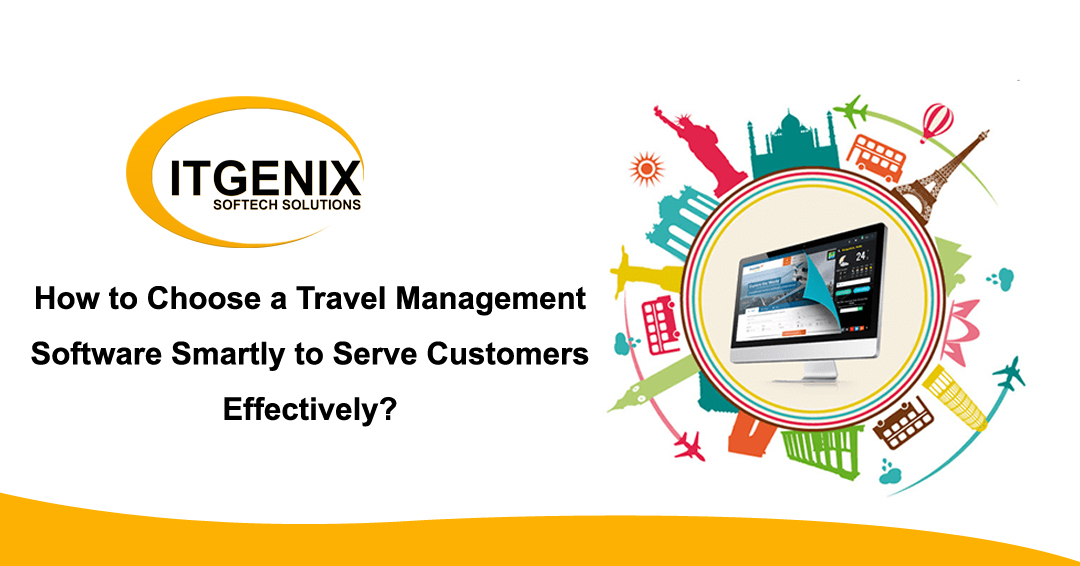
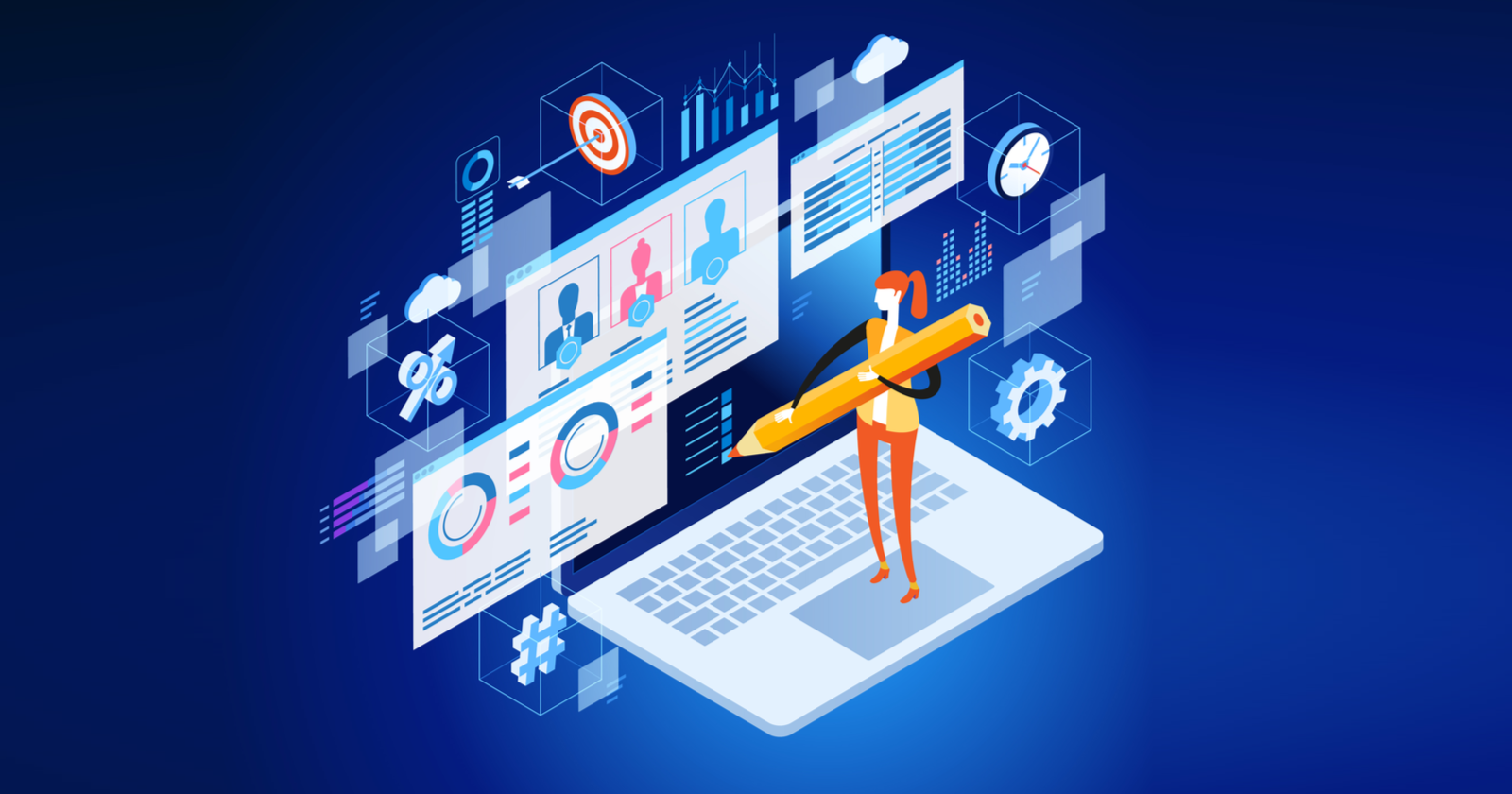

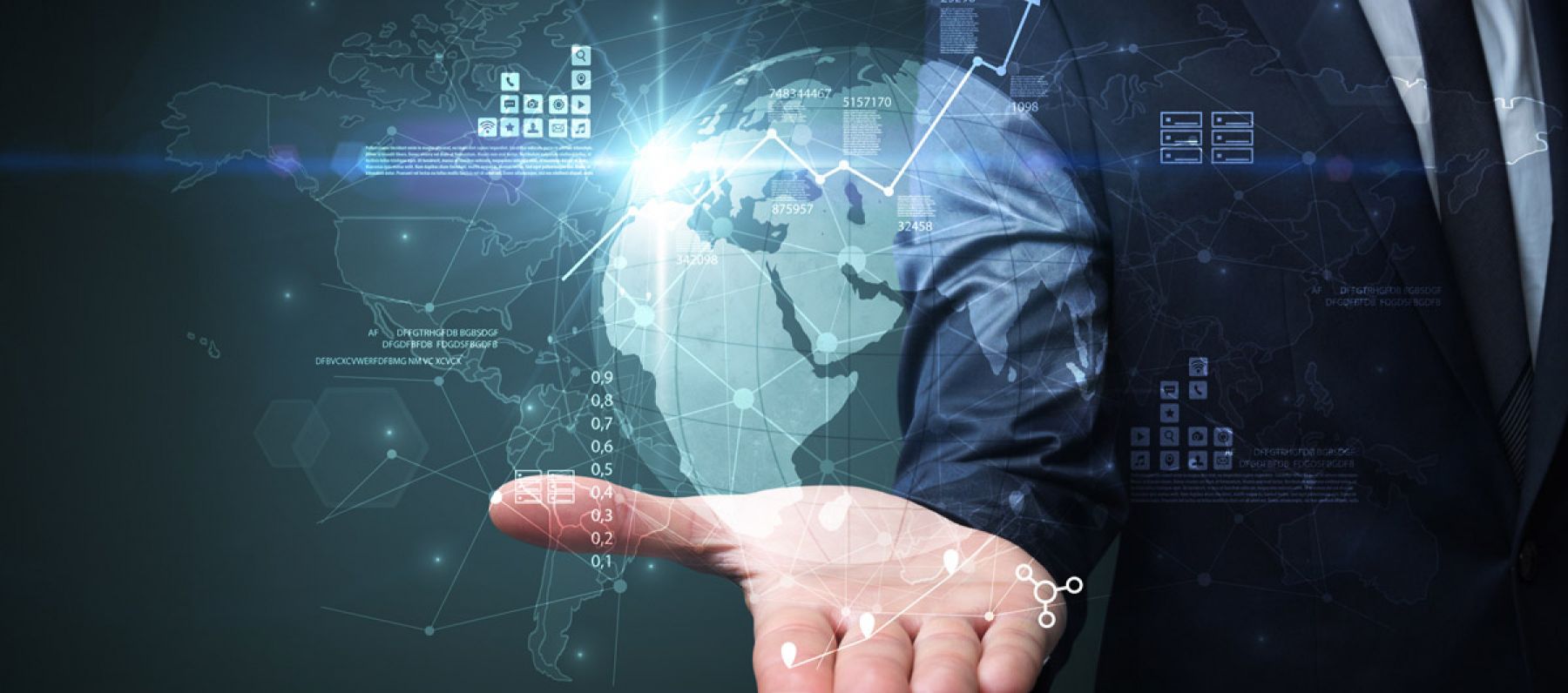
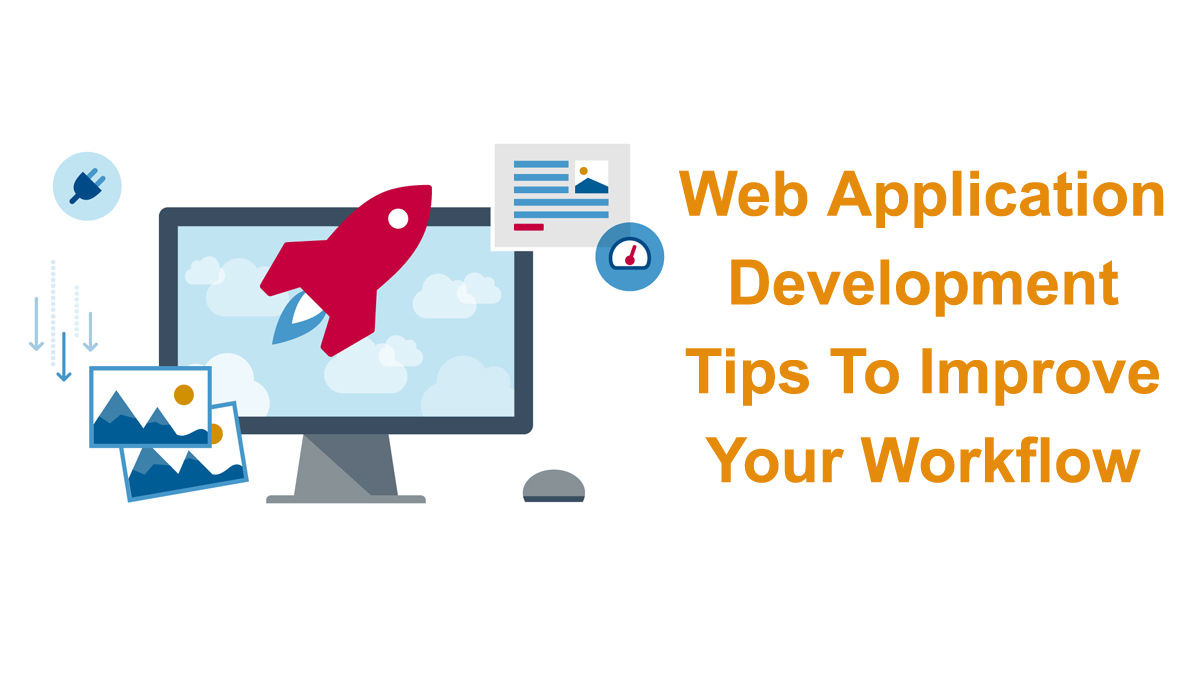
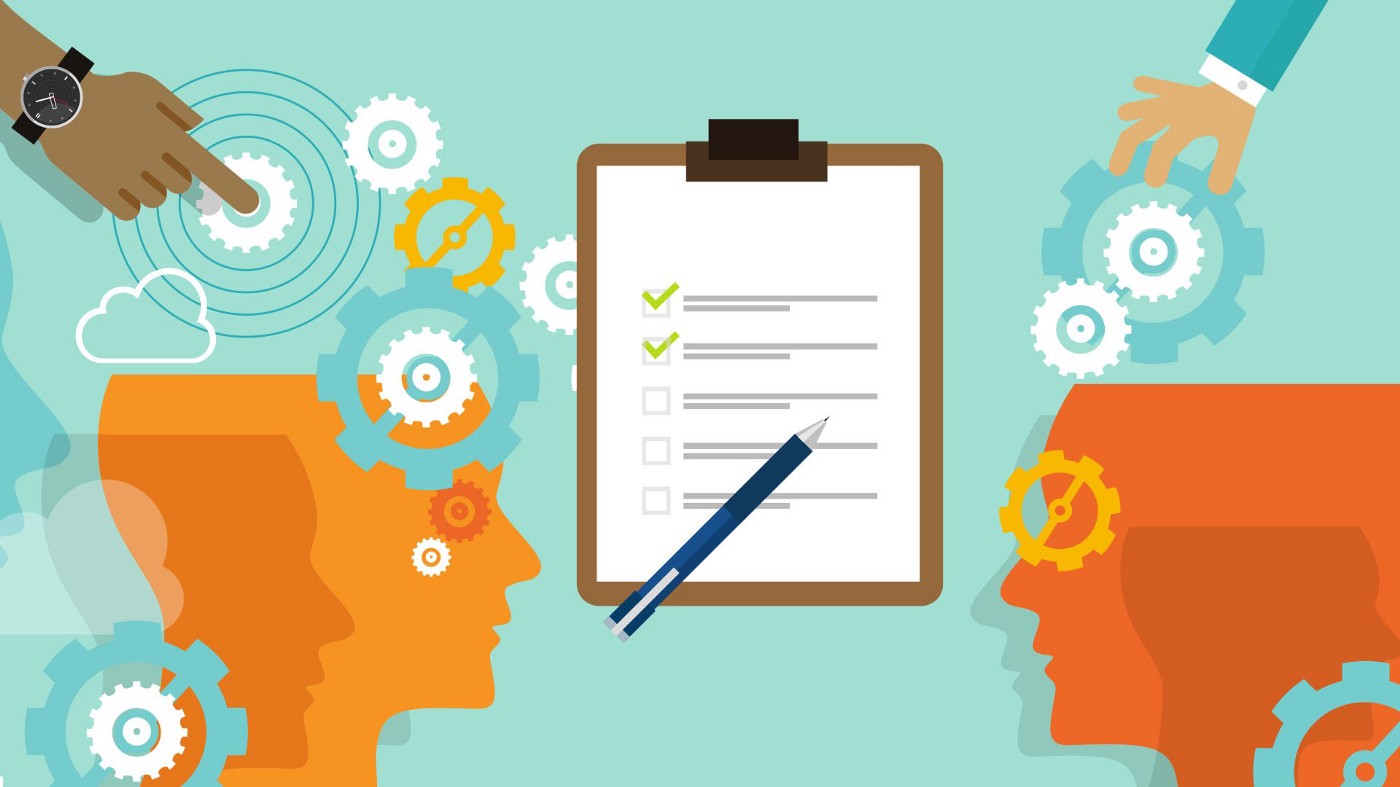
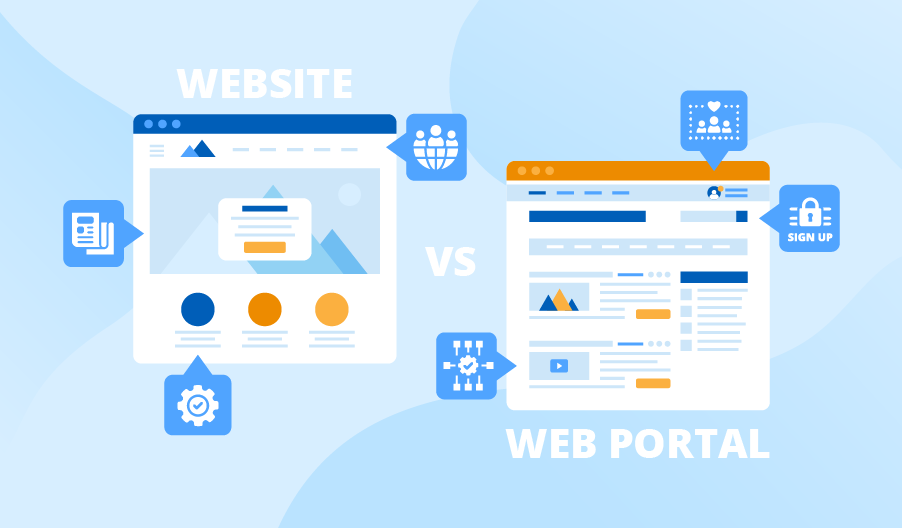
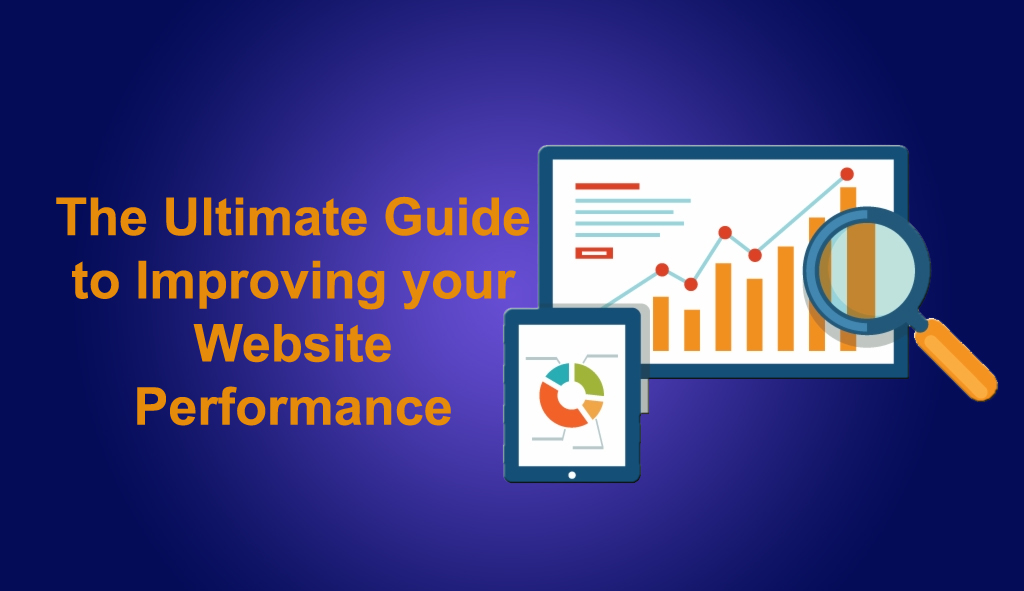
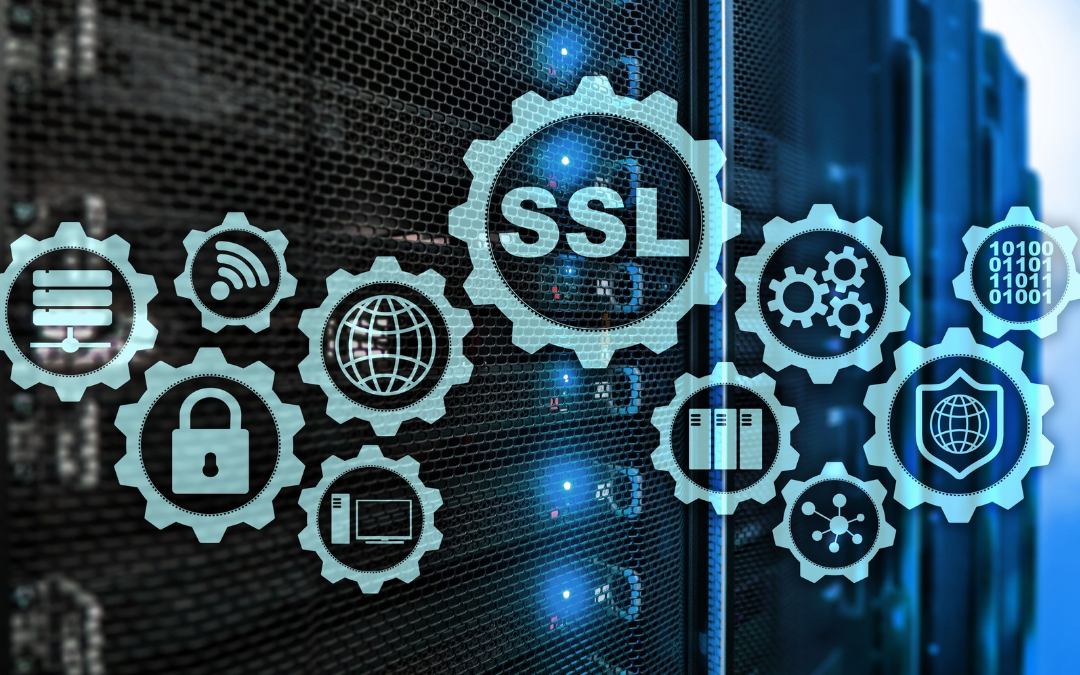
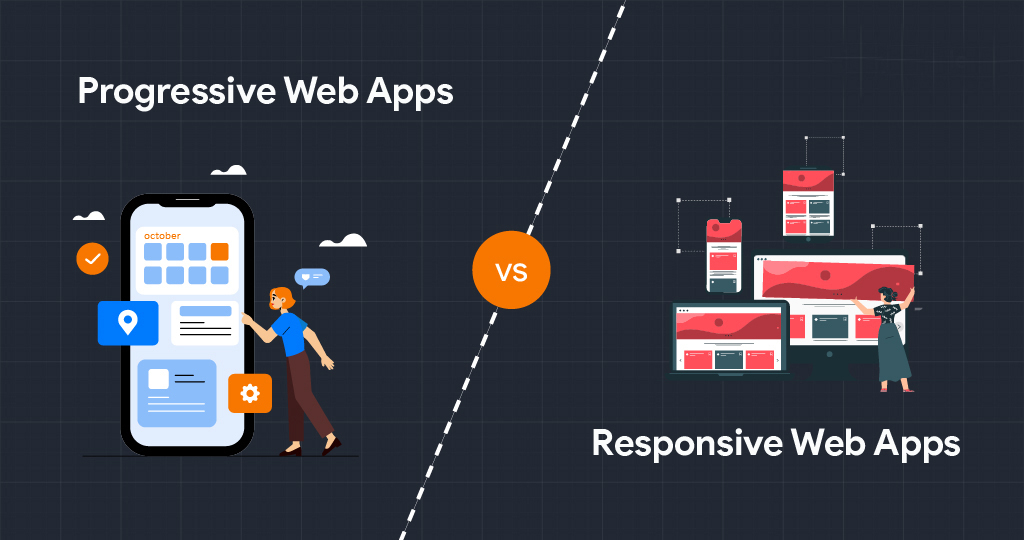
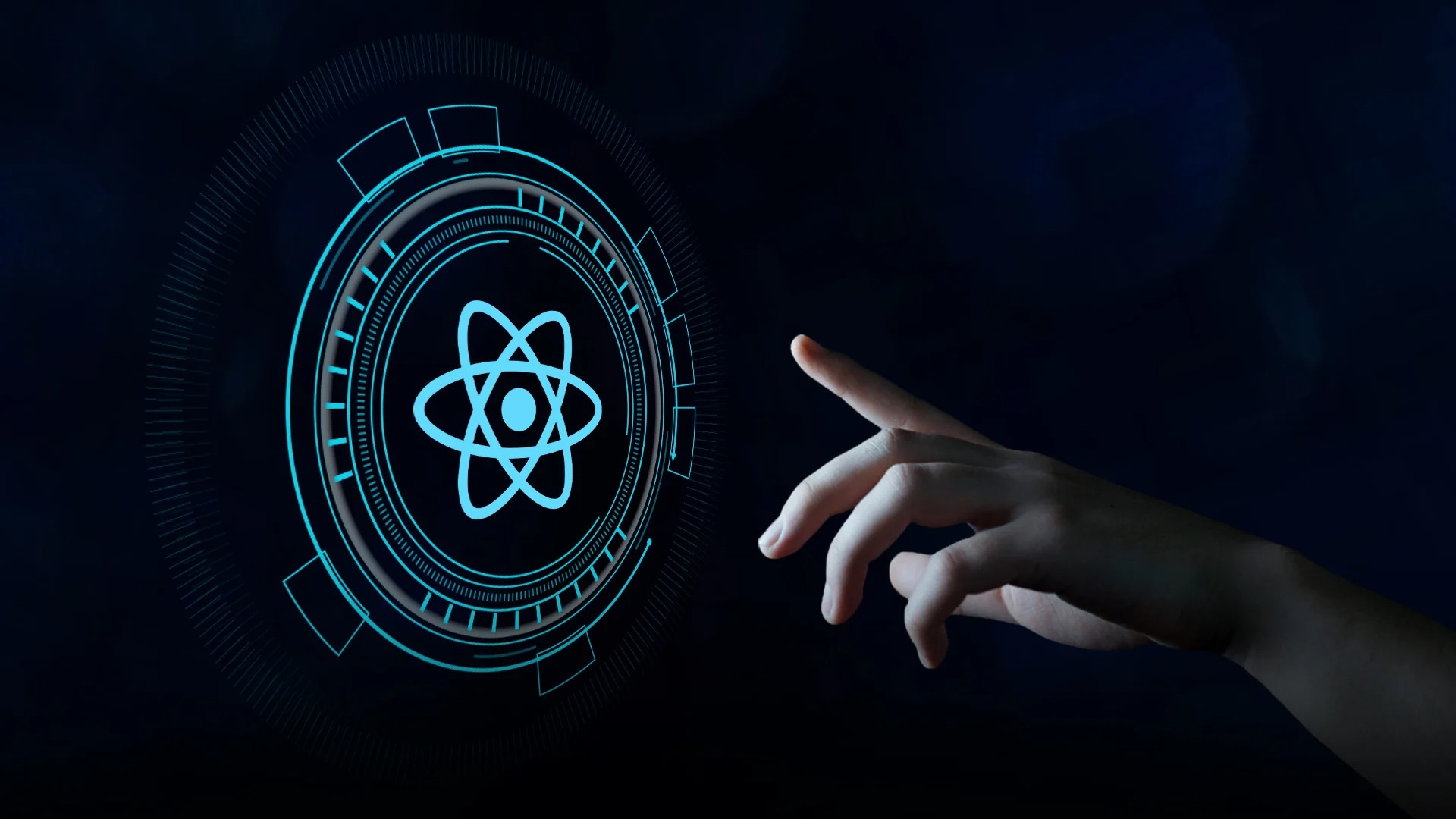
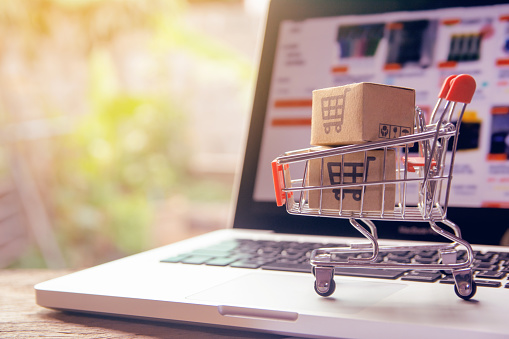
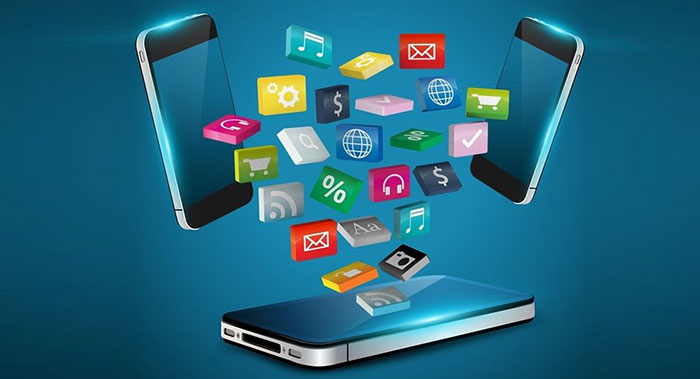
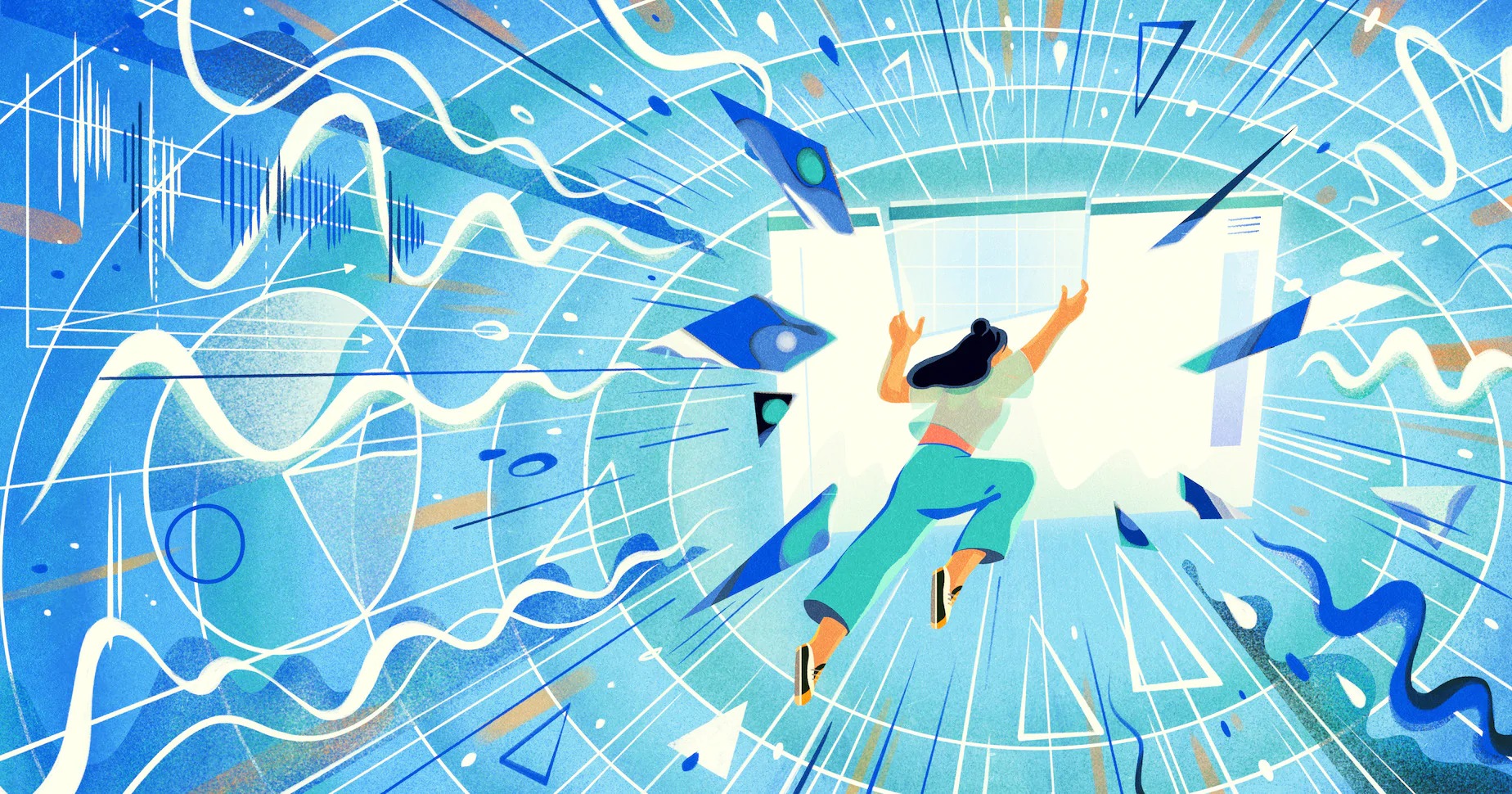




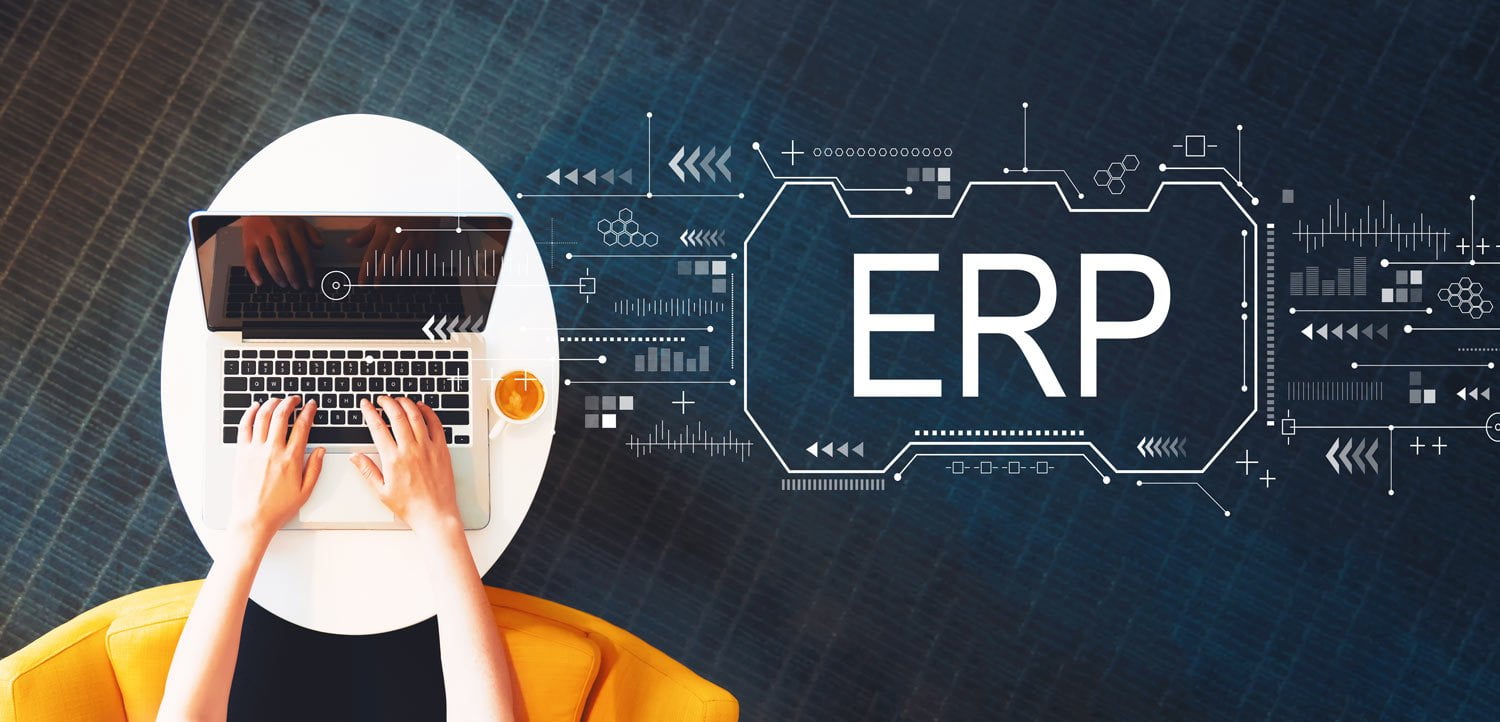
.png)
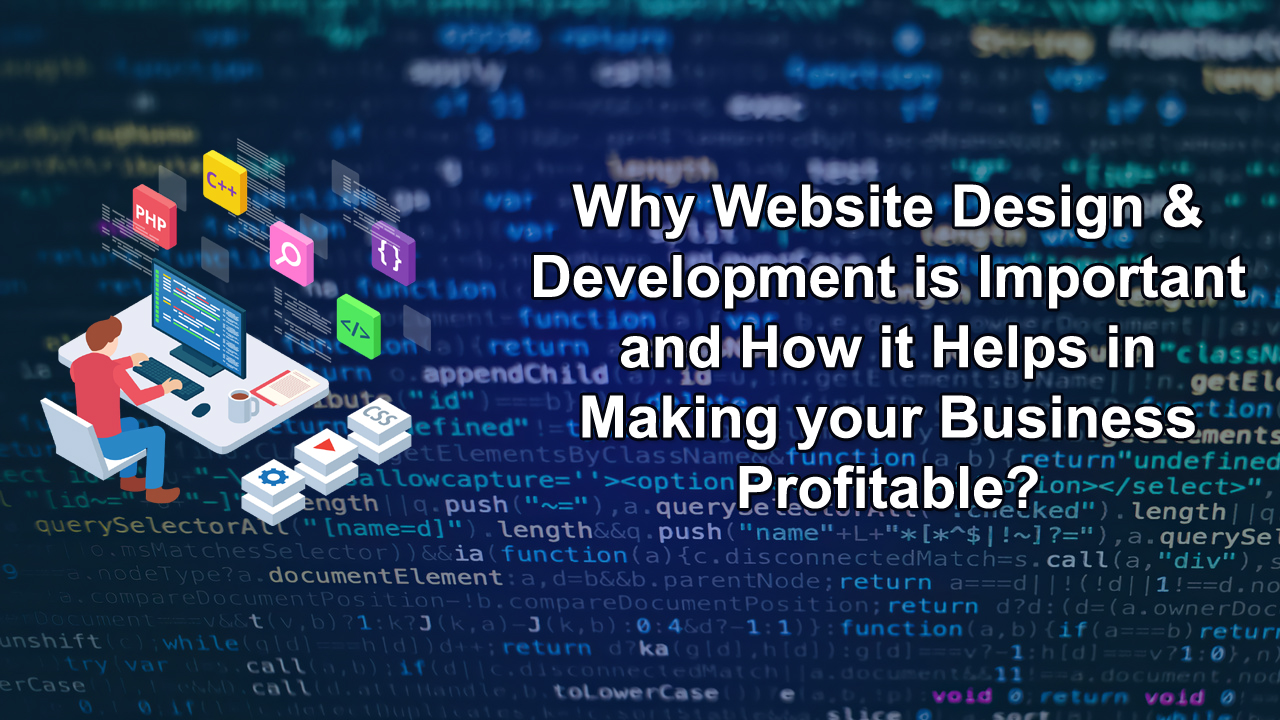
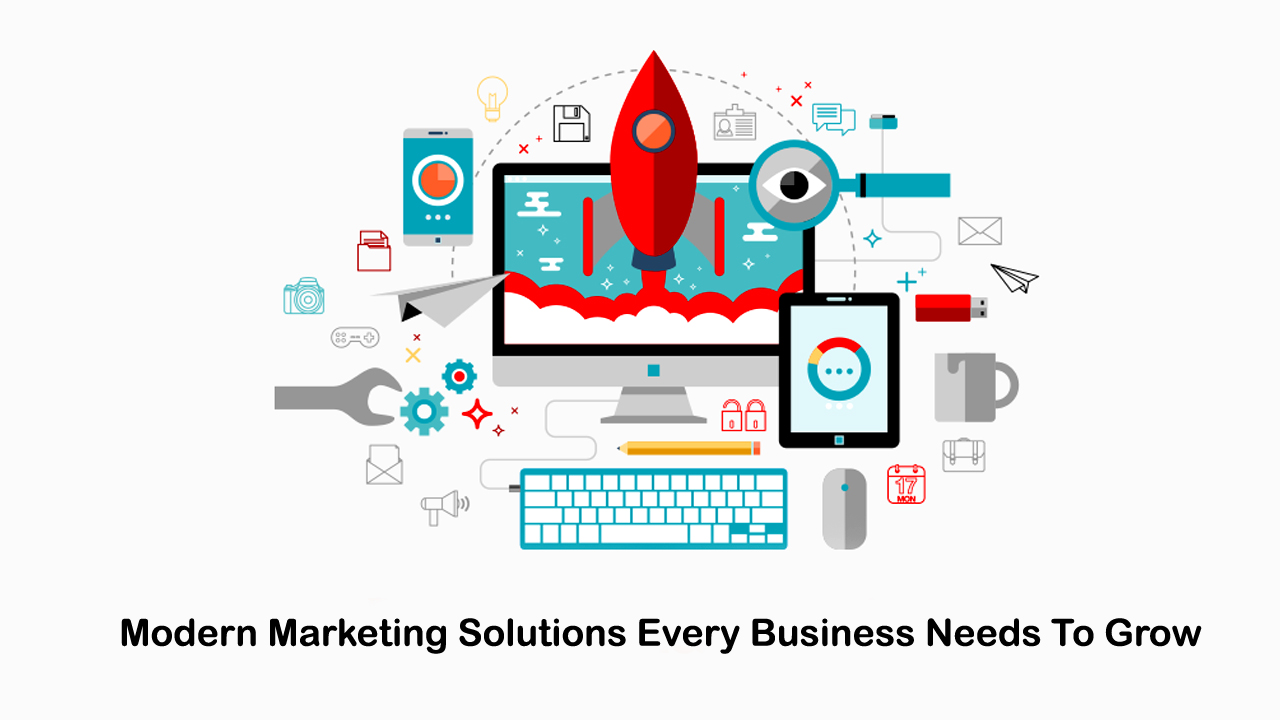
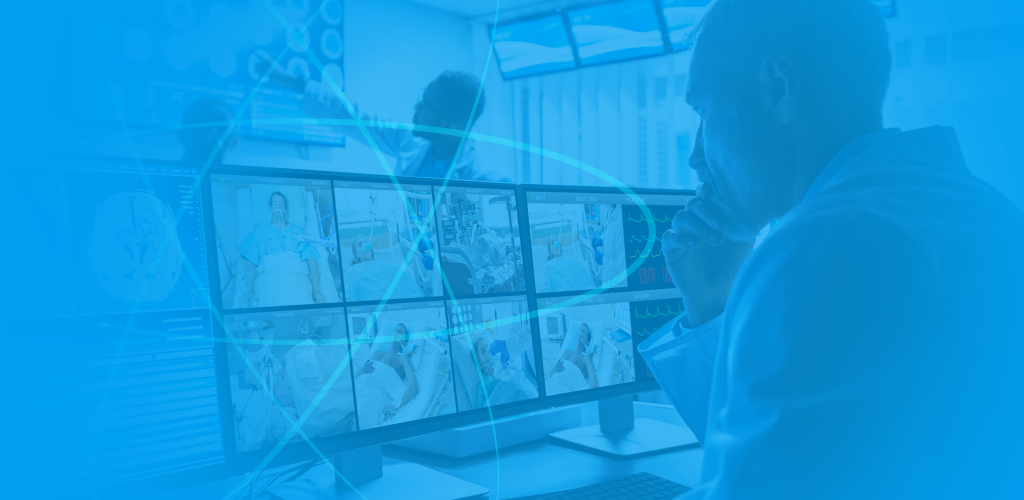
All right reserved by Itgenix Softech Solutions